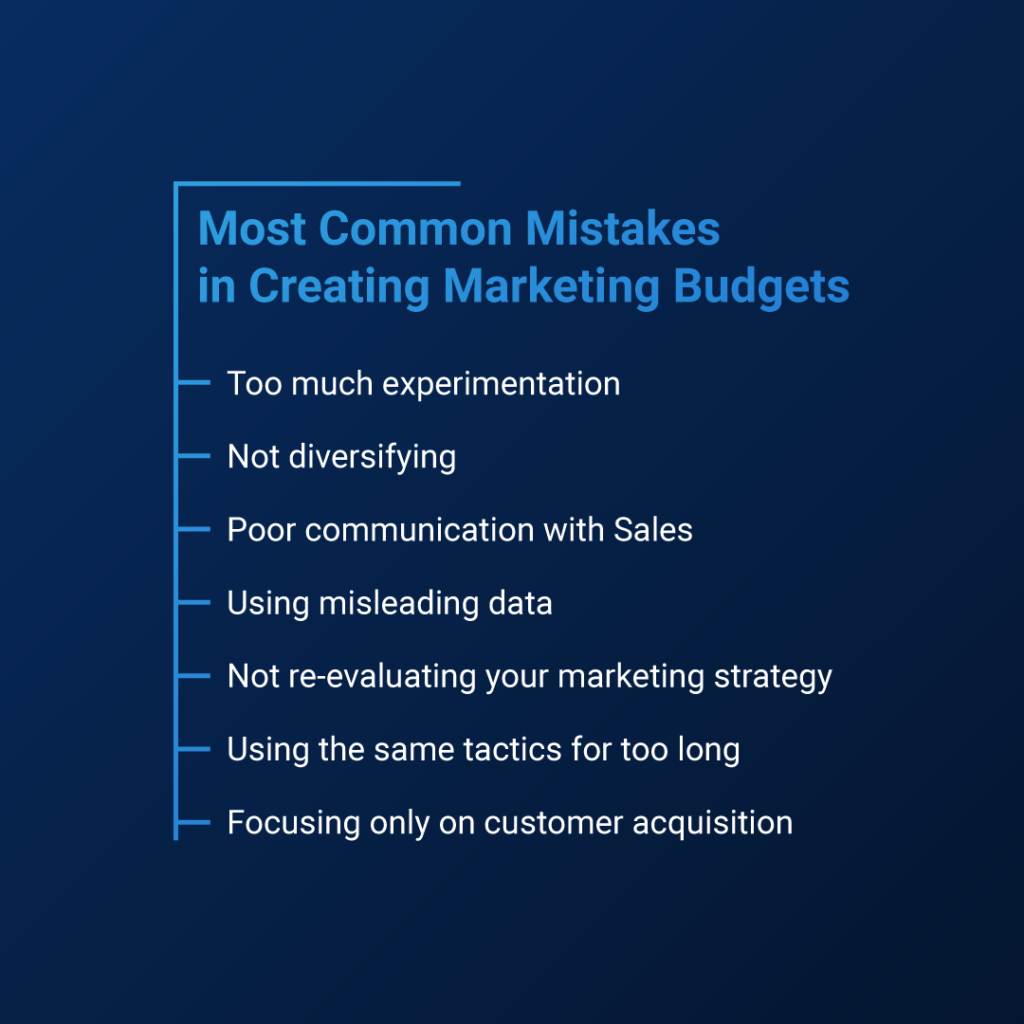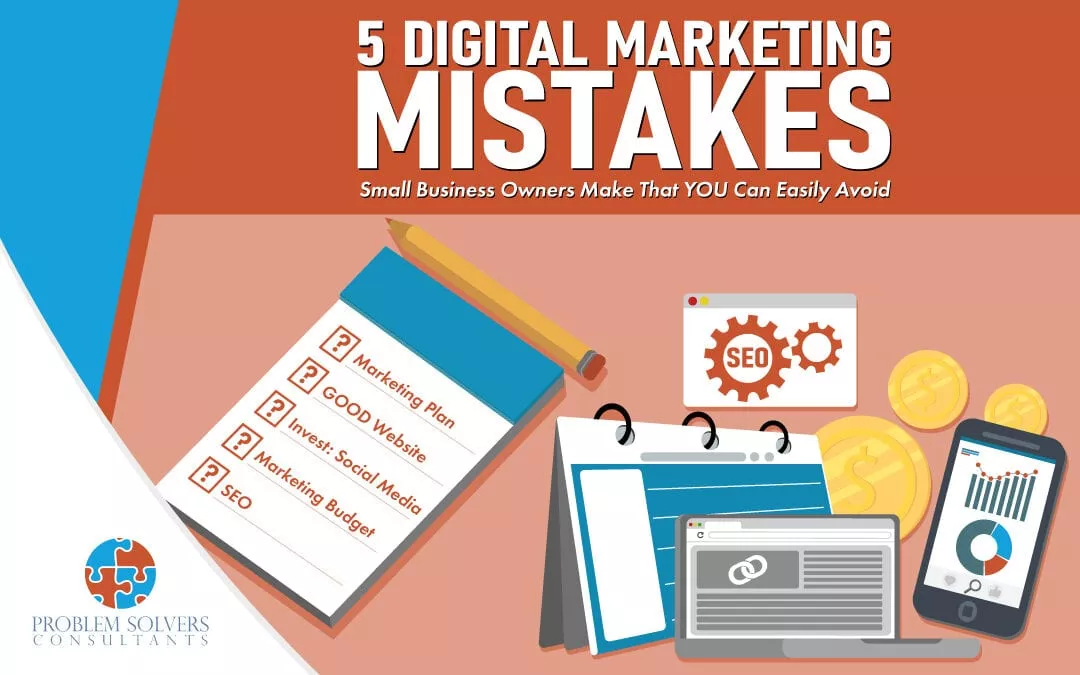Common mistakes businesses make when budgeting for content marketing include:
-
Lacking a clear content marketing strategy: Creating content without defining what to say, who the audience is, where to distribute it, and how to measure success leads to wasted budget and effort.
-
Over-creating content but under-investing in distribution: Many businesses focus heavily on producing content but fail to allocate sufficient budget to promote and distribute it effectively, resulting in low visibility and poor ROI.
-
Not aligning content marketing goals with business objectives: Without clear goals tied to stages of the customer journey (awareness, consideration, decision), content may not drive meaningful results or conversions.
-
Ignoring SEO in budgeting: Failing to invest in SEO fundamentals such as keyword research, on-page optimization, and semantic search reduces organic traffic potential and overall content effectiveness.
-
Spreading budget too thin across many platforms: Trying to be present everywhere with small budgets dilutes impact. It’s better to focus on one or two channels where the target audience is most active and invest adequately there.
-
Not coordinating marketing budget with sales goals: Lack of communication between marketing and sales can cause misaligned campaigns that don’t contribute to revenue, wasting budget.
-
Failing to adapt budget to emerging trends and technologies: Avoiding investment in new channels or tools (e.g., chatbots, video content, short-form video) risks falling behind competitors and missing audience engagement opportunities.
-
Relying on gut feeling instead of data: Budget decisions made without tracking and analyzing performance data can lead to inefficient spending and missed optimization chances.
-
Under-investing in proven channels like email marketing: Neglecting well-performing tactics due to complacency can cause stagnation and lost opportunities for improvement and ROI.
These mistakes collectively cause inefficient use of content marketing budgets, reducing the impact and return on investment of marketing efforts. Businesses should build a documented strategy, focus on distribution, align with sales, leverage data, and stay flexible to trends to optimize their content marketing budgets effectively.





